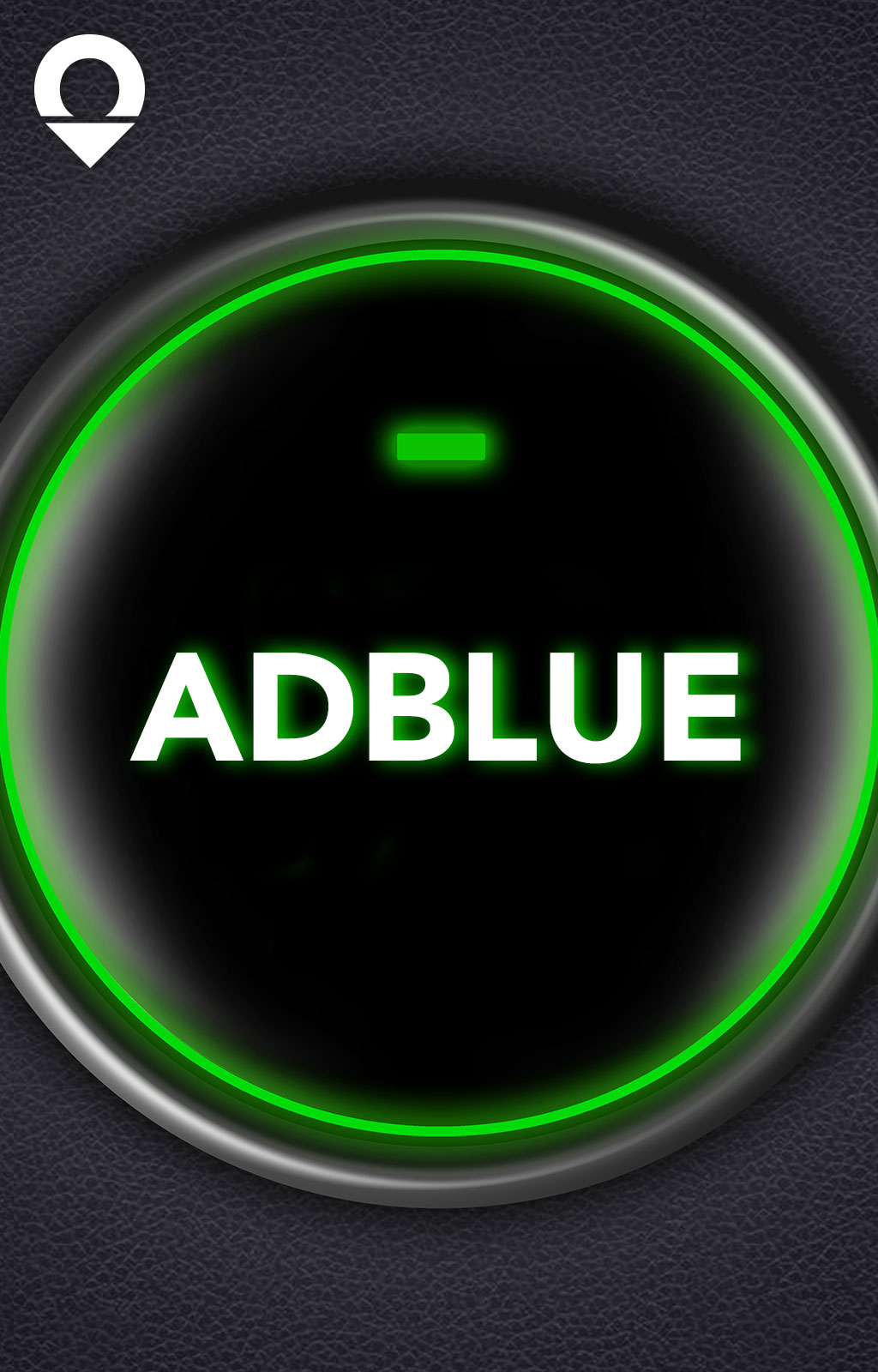What is AdBlue?
Composition and definition
AdBlue is an aqueous product composed of 67.5% demineralized water for 32.5% high purity urea, according to the ISO 22241 standard. This fluid is used in diesel vehicles (utility vehicles, agricultural machinery, construction trucks, weight -heavy) equipped with an SCR (Selective Catalytic Reduction system). This type of equipment helps reduce nitrogen oxide emissions released when the diesel engine is in operation.
What is AdBlue used for?
AdBlue is injected into the engine's exhaust system and reacts with atmospheric pollutants , nitrogen oxides, which it transforms into nitrogen and water vapor. It is a product that limits the impact of exhaust gases in the atmosphere to provide a reduction in environmental pollution .
Since when has it been compulsory?
With the objective of aligning itself with the service of environmental protection and with the aim of reducing the exhaust gas emissions of each vehicle, AdBlue has become compulsory in the majority of countries when vehicles are equipped with a SCR, as is the case in Europe with the regulatory texts resulting from the Euro 4 standard (2005).

AdBlue: a highly regulated additive
Where to buy AdBlue?
Several businesses offer the purchase of AdBlue for individuals and professionals: large retail outlets, service stations, automobile stores and even certain specialized online stores. Generally, we find AdBlue in the form of cans of different formats, at more or less competitive prices. Before purchasing, the main thing is to check the quality of the filler product and ensure its compatibility with the vehicle in question. For professionals it is also possible to install tanks or cisterns and purchase them in bulk.
How to refuel?
To use AdBlue optimally, simply pour it into the tank provided for this purpose (next to the fuel tank), using a specific nozzle or a pump. Be careful not to pour AdBlue into the vehicle's tank, as this could cause malfunctions and damage the engine.
Can we replace it?
This fluid, specially designed to reduce polluting gas emissions, cannot be replaced by other chemical or liquid models, which would be responsible for significant damage to the vehicle. Despite rumors on the web, AdBlue cannot be replaced with water or urine . Yes, it is made of urea but that has nothing to do with it in terms of composition. These practices are prohibited because they are dangerous for the integrity of the equipment.
Can you make your own liquid?
When you know the AdBlue manufacturing and its characteristics cited in the ISO 22241 standard , you might be tempted to design your own product. However, it is its industrial manufacturing and its optimal dosage which act as quality markers for AdBlue, a brand which has been registered by the VDA (German Association of the Automobile Industry). Within the ISO 22241 standard, there are 4 distinct parts: ISO 22241-1, ISO 22241-2, ISO 22241-3 and ISO 22241-4, each setting out certain requirements that meet to manufacturing standards . It is therefore not recommended to play the apprentice chemist and take the risk of damaging your vehicle.
The impacts of AdBlue for professionals
What types of vehicles are affected?
AdBlue technology is a solution to be poured into the tank of several types of diesel vehicles including certain recent private cars, but especially heavy goods vehicles, mobile cranes, agricultural (tractors) and construction machinery as well as utility vehicles.
Shelf life and storage condition
This solution of demineralized water and urea is colorless and biodegradable and poses no danger to human health or the environment. AdBlue liquid can be placed inside a home under certain storage conditions:
- Choose a place at room temperature, if possible between 10°C and 25°C. Note that AdBlue crystallizes at -11°C and evaporates at over 30°C.
- Avoid exposing AdBlue to direct heat sources such as sunlight.
- Do not keep an open container, pour it completely into the tank.
- Ensure that the shelf life of the product does not exceed 18 months from its design date.
Rising prices
The prices of AdBlue vary depending on the place of sale, whether it is a dedicated service station or a store specializing in automobiles, then sold in the form of cans . Overall, we find an average price of €2.50/L or around €25 for 10 liters of AdBlue in cans compared to €1.15 on average per liter , in service stations equipped with distribution pumps. Inflation has not spared this technology for reducing polluting gases; in question, the war between Russia and Ukraine, linked to the increase in the price of gas which is used in the composition of AdBlue. The consumption of AdBlue by road transport , agricultural vehicles and all other professionals who use diesel-powered machines and vehicles equipped with a suitable tank are seeing their costs increase due to the surge in prices.
If this fluid allows for less pollution, there are however other combined solutions which make it possible to reduce environmental pollution as well as Adblue consumption .
The ECOLOW fuel saver
The ECOLOW fuel saver makes it possible to reduce the energy consumption of a vehicle, whether in fuel or logically in AdBlue. This technology required years of development, testing and modifications before being able to design the only truly effective module on the market today. The ECOLOW system meets the mandatory standards for aftermarket accessories and is therefore fully EEC approved. No impact on the engine, you keep your original manufacturer's warranty.
Complementary to the use of AdBlue , it maximizes the lifespan of this biodegradable liquid, contributes to the reduction of polluting emissions and reduces vehicle fuel consumption !
An anti-inflation ally, more than 446,000 tons of CO2 were saved in February 2023 by more than 95% of satisfied customers, both in the field of road transport and those from agriculture, public works, tourism or maritime transport.

